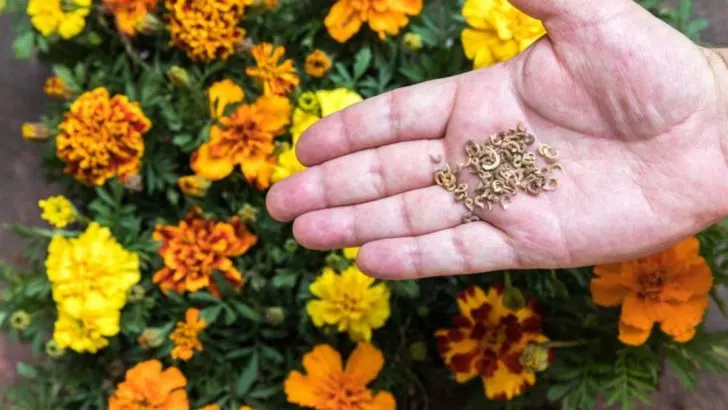Not all flowers thrive when bought as seedlings, and choosing the wrong ones can lead to weak, struggling plants. While garden centers are full of tempting young plants, some flowers actually perform better when grown directly from seed. Transplanting certain species can stunt their growth, delay blooming, or even cause them to fail altogether.
Flowers with delicate root systems or those that dislike disturbance should always be started from seed. Many wildflowers, poppies, and taproot-heavy plants develop best when left undisturbed in the soil where they sprout. Buying them as seedlings often leads to transplant shock, meaning they won’t establish well or reach their full potential.
Before grabbing a tray of young plants at the nursery, make sure you’re not setting yourself up for disappointment. These 18 flowers are best left to grow from seed—giving you healthier, stronger blooms in the long run.
Poppies
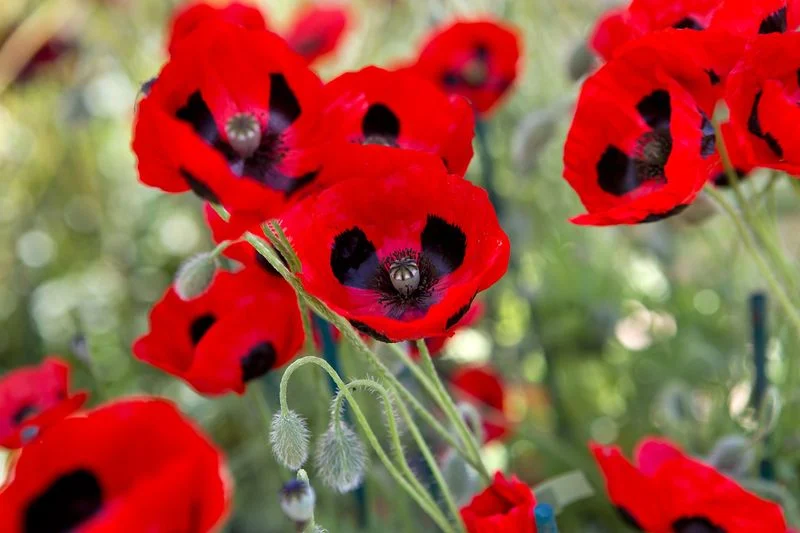
Growing poppies from seedlings often leads to disappointment due to their delicate nature. They are best started directly from seeds, as transplantation can stress the plant. Poppies prefer undisturbed soil, something seedlings can’t provide. When established from seed, poppies display vibrant colors and robust growth. Attempting the seedling route might result in weak flowering. Direct sowing in early spring or fall allows them to establish naturally. This method helps in achieving the stunning, resilient blooms gardeners love. The patience required pays off with a breathtaking display. Stick to seeds for a truly rewarding experience.
Sweet Peas
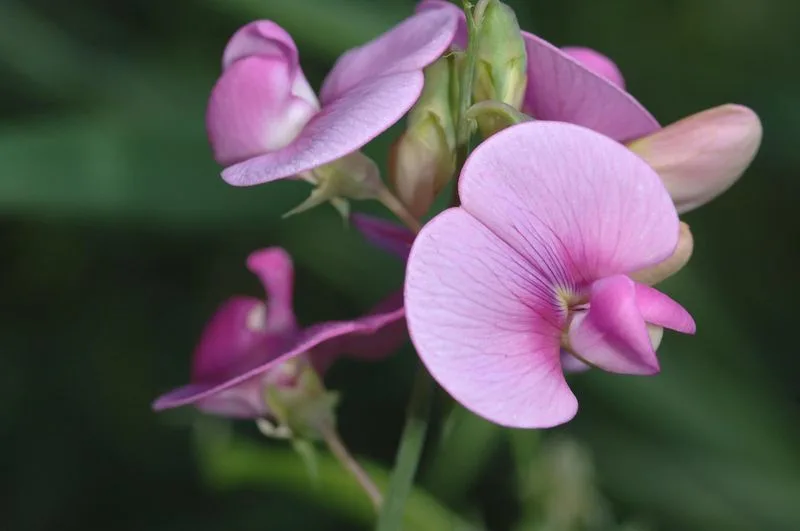
Sweet peas are notoriously tricky when grown from seedlings. Their roots are sensitive to disturbance, making direct sowing more effective. When planted as seeds, they develop strong, deep root systems essential for climbing and flowering. Seedlings often result in stunted growth and poor blooms. Given their preference for cool, rich soil, starting them directly allows for proper acclimatization. This leads to vigorous vines adorned with fragrant blossoms. Opt for seeds to ensure you enjoy the sweet smell and colorful display. By skipping seedlings, you’ll help sweet peas reach their full potential.
Delphiniums
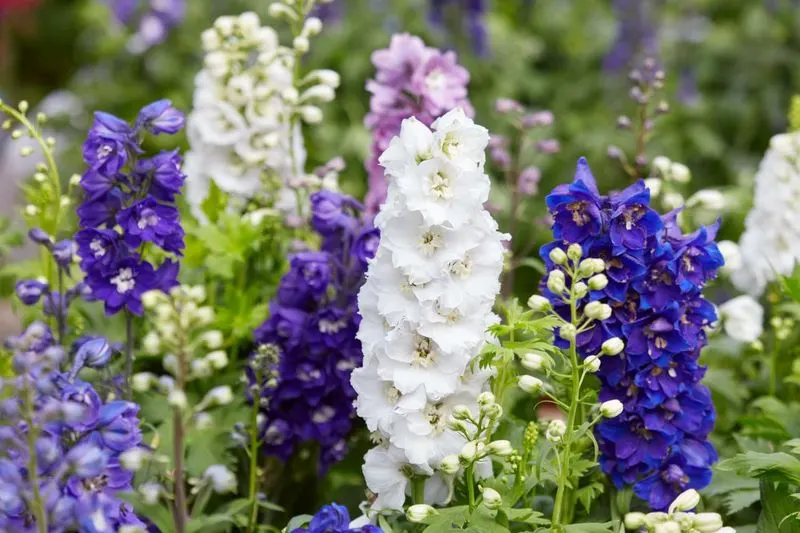
Delphiniums demand a level of care seedlings can’t offer. They require specific conditions, thriving in cool climates with well-drained soil. Seedlings often succumb to root disturbance and fluctuating weather. Starting from seeds ensures they adapt optimally to their environment. These majestic spikes of color benefit from deep roots established early on. Seed-grown delphiniums are hardier and more likely to reach their impressive height. Those who choose seedlings often face disappointment. To enjoy towering blooms, patience and the right start are key. Seeds give delphiniums the best chance at success.
Lupines
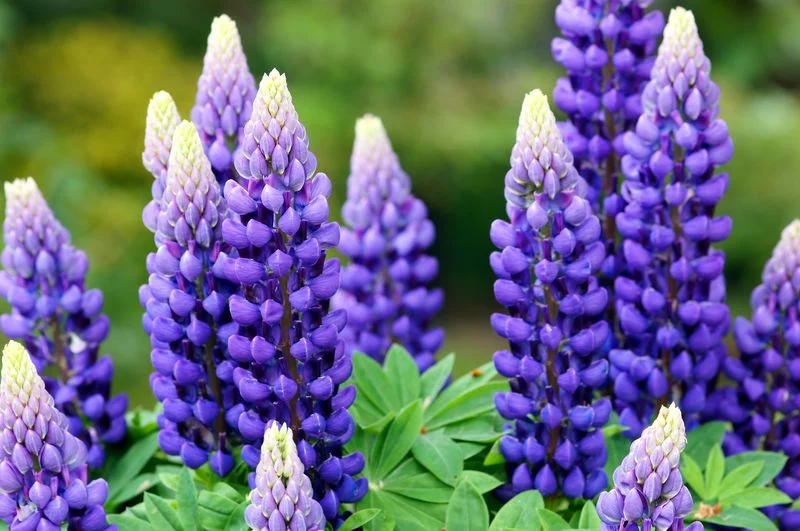
Lupines prefer a direct start in the ground to avoid transplant shock. Their long taproots are easily damaged when moving seedlings. Direct seeding allows these roots to anchor deeply, supporting the plant’s growth. Seedlings often struggle to thrive, leading to uneven blooms. When grown from seeds, lupines reward with vibrant, pea-like flowers. They adapt better to changes in soil quality and weather conditions. For those seeking a sturdy and colorful addition to their garden, seeds are the way to go. Skip the seedlings for a more rewarding lupine experience.
Morning Glories
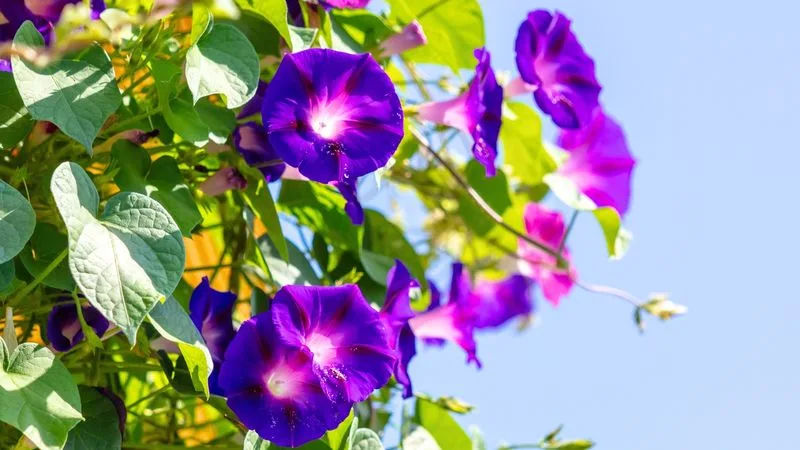
Morning glories crave a direct start in the soil where they can spread naturally. Seedlings often become leggy and weak, unable to support vigorous climbing. Direct sowing in warm soil helps them develop strong, twining vines. The result is a lush tapestry of vibrant flowers. Seed-grown morning glories adapt better to their environment, making them more resilient. Seedlings frequently fail to thrive, resulting in sparse flowering. For a garden full of color and charm, bypass seedlings. By choosing seeds, you ensure a robust and enchanting display that adorns fences and trellises beautifully.
Cornflowers
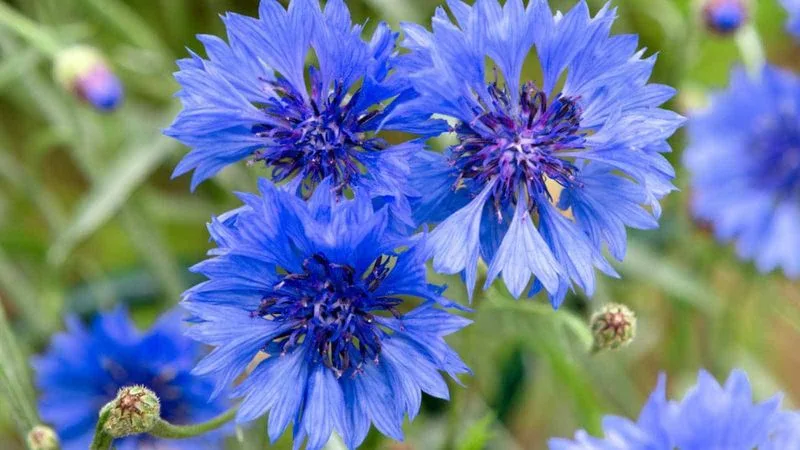
Cornflowers, or bachelor’s buttons, prefer being sown directly into the soil. Seedlings can suffer from transplant shock, leading to stunted growth. When started from seed, they develop sturdy stems and vibrant blooms. Direct sowing in full sun ensures they receive the energy needed for lush growth. Seedlings often underperform, failing to reach their potential. For a garden that brims with blue, purple, or pink flowers, choose seeds. This approach allows cornflowers to thrive and fill your garden with color. Avoid seedlings to achieve a more striking and successful display of these charming flowers.
Sunflowers
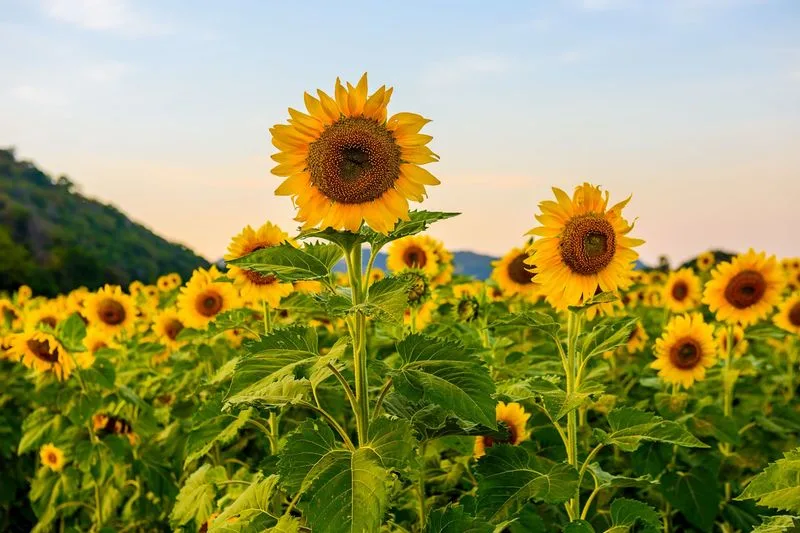
Sunflowers thrive best when started from seed in their final growing location. Seedlings often don’t reach their full height due to transplant stress. Sunflowers need uninterrupted root growth to tower majestically. Direct sowing lets them develop strong, deep root systems essential for support. Seed-grown sunflowers follow the sun, displaying large, cheerful blooms. Seedlings can result in smaller, less prolific flowers. For a garden that stands tall and bright, plant sunflowers directly. This method gives them the best start, ensuring a captivating and sunny display. Avoid seedlings to enjoy these giants in their full glory.
Cosmos
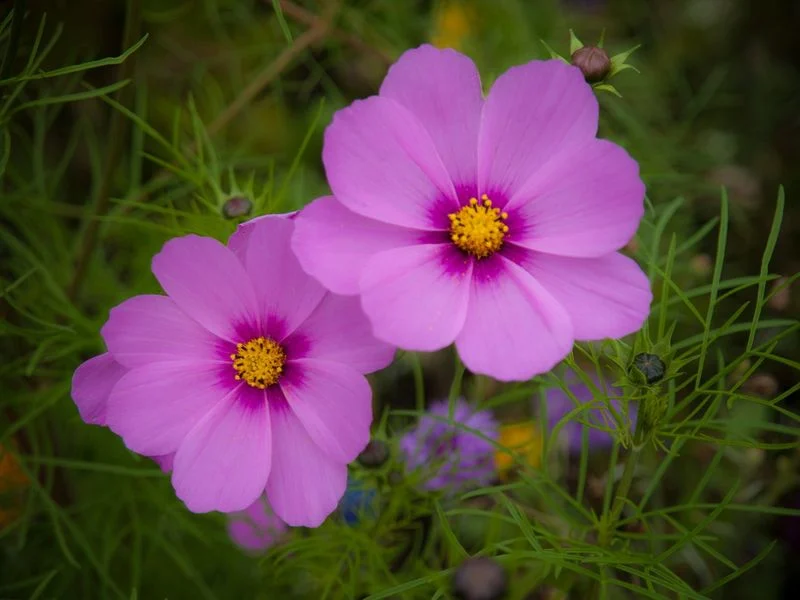
Cosmos are best started from seeds directly in the ground. Seedlings often struggle with transplant shock, inhibiting their natural, airy growth. When sown directly, they develop tall, graceful stems topped with daisy-like blooms. These flowers benefit from a carefree start, thriving in poor soil and full sun. Seedlings may not reach their full height or flower as prolifically. For a meadow-like garden filled with delicate blossoms, choose seeds. This approach ensures cosmos grow vigorously and fill your space with color and movement. By avoiding seedlings, you’ll enjoy their elegant presence to the fullest.
Nigella
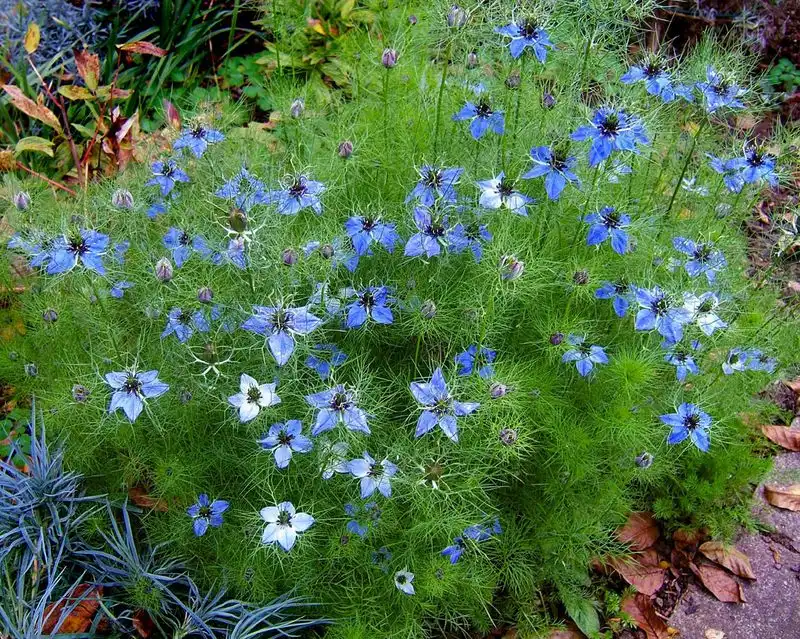
Nigella, or love-in-a-mist, thrives when seeds are sown directly into the soil. Seedlings often struggle due to minimal root systems and transplant shock. Direct sowing allows these plants to establish well without interruption. The result is a lush, feathery display of delicate flowers nestled in misty foliage. Seed-grown nigella adapts better to garden conditions, resulting in more prolific blooms. Seedlings rarely reach their potential, leading to sparse flowering. To enjoy a garden full of these whimsical flowers, start with seeds. They promise a more successful and enchanting addition to your floral ensemble.
Zinnias
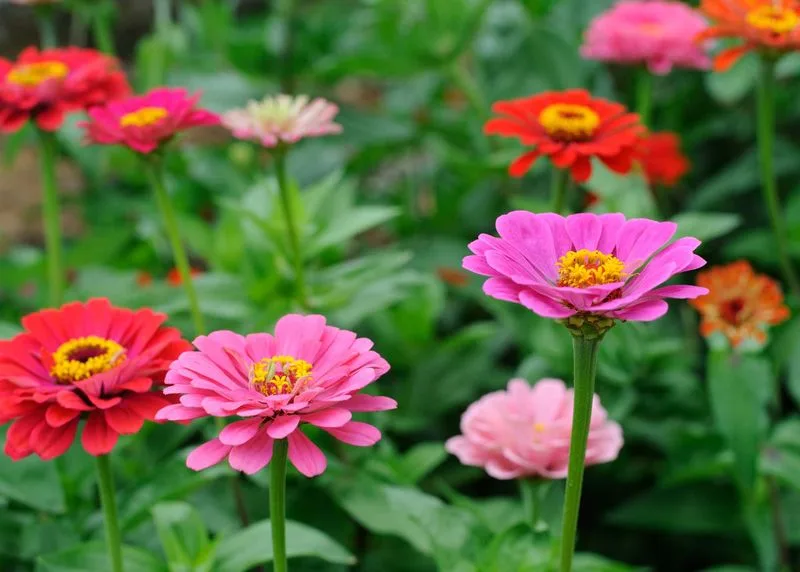
Zinnias are sun-loving annuals that excel when grown from seeds directly sown in the garden. Seedlings often fail to thrive, producing fewer and less vibrant blooms. By sowing seeds directly, zinnias benefit from immediate sunlight and can establish strong roots. This method results in a robust, colorful display that draws pollinators. Seedlings might not adapt well to outdoor conditions, leading to stunted growth. For a dazzling array of colors in your garden, opt for seeds. This approach ensures zinnias flourish, providing a lively and inviting atmosphere. Skip seedlings for a more rewarding floral experience.
Snapdragons
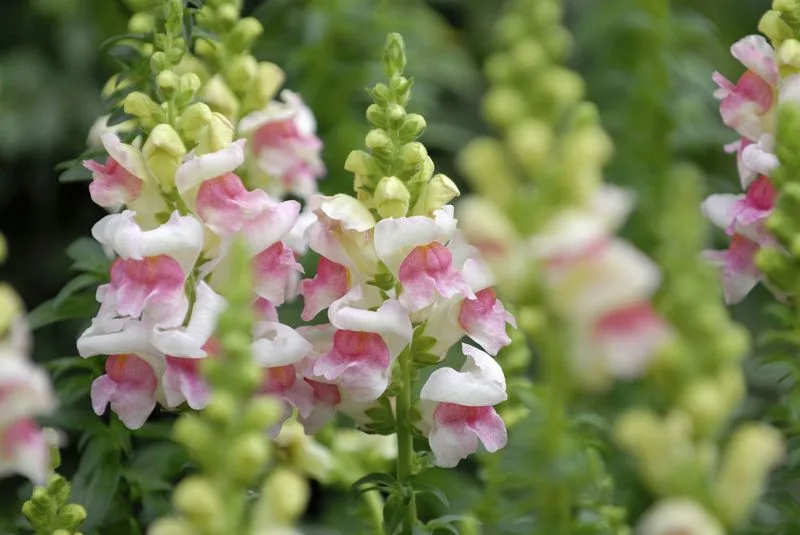
Snapdragons, although popular, struggle when transplanted as seedlings. They are better off started from seeds directly in the garden. Seedlings often face transplant shock, hindering their growth and flowering potential. Direct seeding allows them to acclimate naturally, leading to stronger plants. These garden favorites thrive in cool conditions, producing spikes of colorful blooms. Seedlings frequently result in stunted, less prolific displays. To enjoy snapdragons at their best, start with seeds. This method ensures robust growth and a garden filled with their charming dragon-shaped flowers. Bypass seedlings for a more successful cultivation.
Hollyhocks
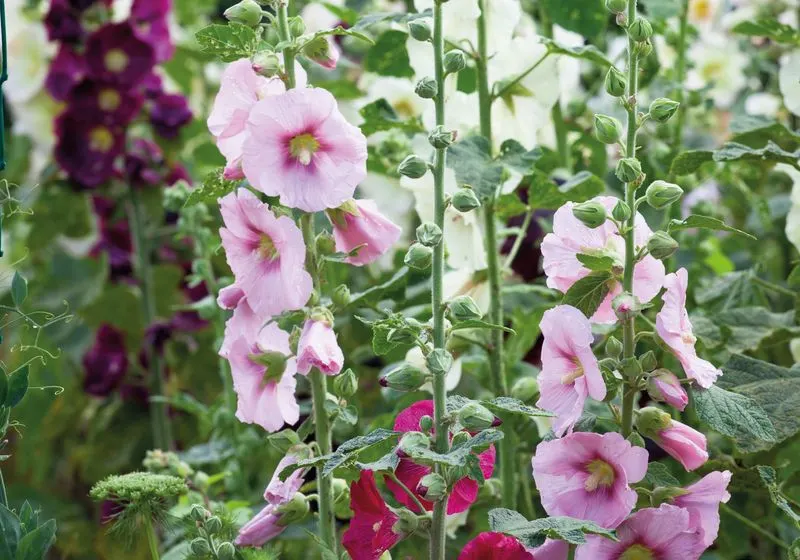
Hollyhocks are best sown directly where they are to grow. Their deep taproots make transplantation risky, often resulting in weak growth. When started from seeds, hollyhocks develop strong roots that support their tall, striking floral spikes. Seedlings can lead to uneven, disappointing blooms. Direct sowing ensures they adapt well to their environment, leading to robust growth. For gardens seeking vertical interest and charm, hollyhocks from seeds are ideal. This approach guarantees a striking presence with towering flowers. Skip seedlings to secure a more successful and visually stunning display.
Calendula
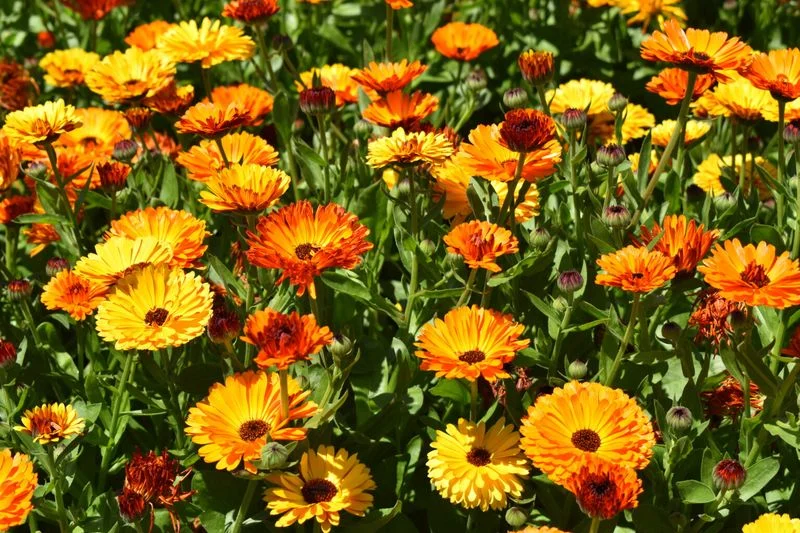
Calendula, or pot marigold, flourishes when started from seeds directly in the garden. Seedlings often suffer from transplant stress, leading to poor growth and flowering. Direct seeding allows calendula to establish naturally, resulting in vibrant, hardy blooms. These cheerful flowers thrive in full sun and well-drained soil, making them easy to grow from seeds. Seedlings might not adapt as well, reducing their flowering potential. For a garden filled with golden hues, choose seeds. This method ensures calendula grows vigorously and enhances your garden’s beauty. Avoid seedlings for a more successful outcome.
Foxgloves
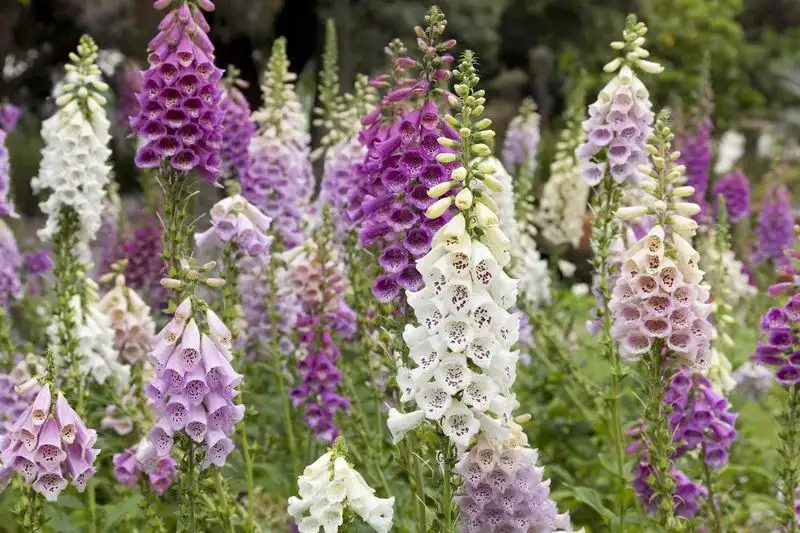
Foxgloves prefer to be started from seeds directly in their growing location. Seedlings often suffer from root disturbance and transplant shock, impairing their growth. Direct sowing helps them establish deep roots and adapt to their environment, resulting in tall, stately blooms. Seed-grown foxgloves tend to be more robust and bloom more prolifically. Seedlings might lead to a sparse display, missing the plant’s full potential. For a garden graced with these elegant, bell-shaped flowers, opt for seeds. This approach ensures a healthier, more impressive presence. Avoid seedlings for a truly captivating foxglove display.
Rudbeckia
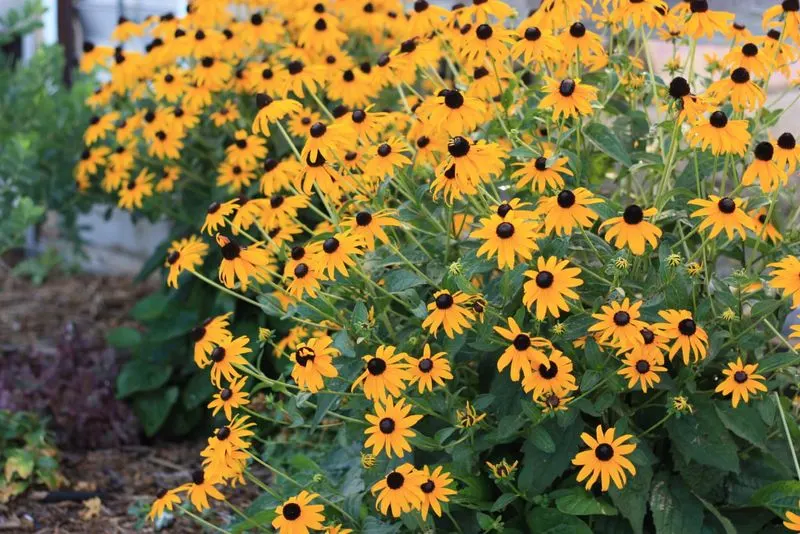
Rudbeckia, or black-eyed Susan, is best started from seeds directly in the garden. Seedlings often struggle with transplant shock, leading to stunted growth. Direct sowing allows them to establish strong roots, essential for their vibrant, daisy-like blooms. Seed-grown rudbeckia adapts better to various soil conditions, resulting in a more prolific display. Seedlings may not thrive as well, reducing their flowering potential. For a garden filled with cheerful yellow blooms, choose seeds. This method promises a lively, enduring presence that brightens any space. Skip seedlings for a more rewarding rudbeckia experience.
Marigolds

Marigolds thrive when grown from seeds directly sown in the garden. Seedlings often face challenges with transplant shock and poor adaptation. Direct seeding allows marigolds to acclimate naturally, resulting in stronger plants with abundant blooms. These resilient flowers are easy to grow from seeds, thriving in full sun and various soil conditions. Seedlings might not reach their full potential, resulting in less vibrant displays. For a garden bursting with color and vitality, opt for seeds. This approach ensures marigolds grow robustly, enhancing your garden’s appeal. Bypass seedlings for a more successful cultivation.
Petunias
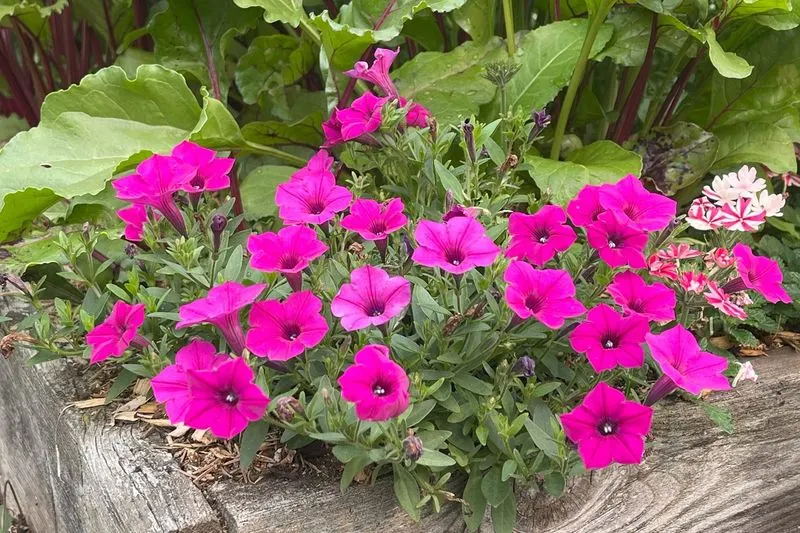
Petunias, though popular, are best started from seeds directly in their growing location. Seedlings often suffer from transplant shock and poor root development. Direct seeding allows petunias to establish better, resulting in lush, colorful blooms. These annuals thrive in sunny spots and adapt well to various soil types when started from seed. Seedlings might not perform as well, leading to sparse flowering. For a garden filled with vibrant, cascading blooms, choose seeds. This method ensures petunias reach their full potential, providing a stunning floral display. Avoid seedlings for a more rewarding petunia experience.
Dahlias
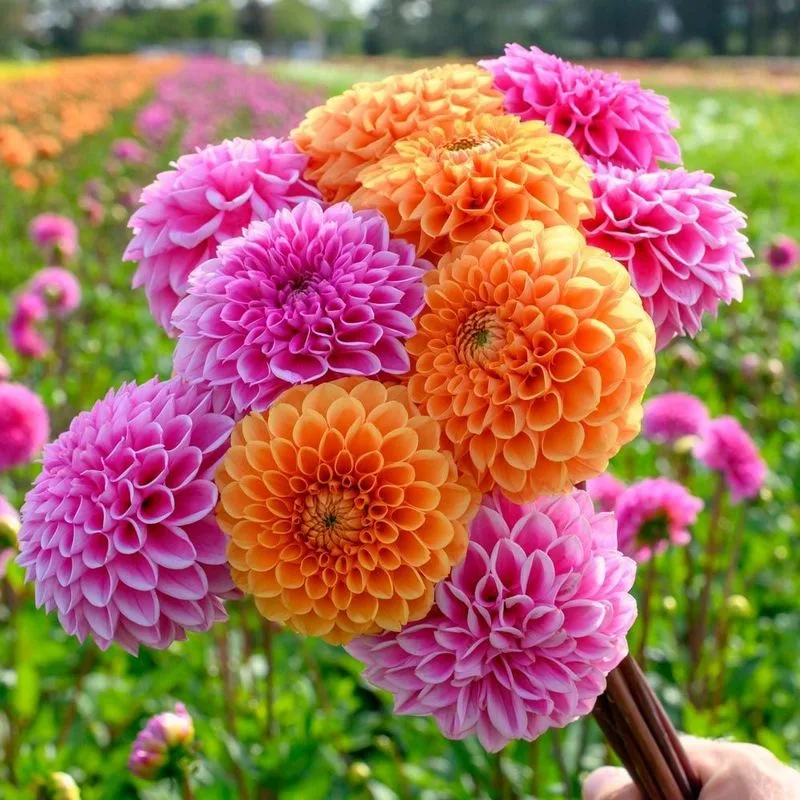
Dahlias shine when started as tubers rather than seedlings. Seedlings often struggle due to transplant shock and insufficient root systems. Tubers provide a more reliable start, resulting in robust plants with stunning, diverse blooms. These perennials flourish in sunny, well-drained locations, producing flowers in a variety of shapes and colors. Seedlings may lead to disappointment with fewer and less vibrant blooms. For a garden that dazzles with dahlias, tubers are the way to go. This approach ensures healthy growth and a spectacular floral display. Skip seedlings for a more successful and breathtaking outcome.

